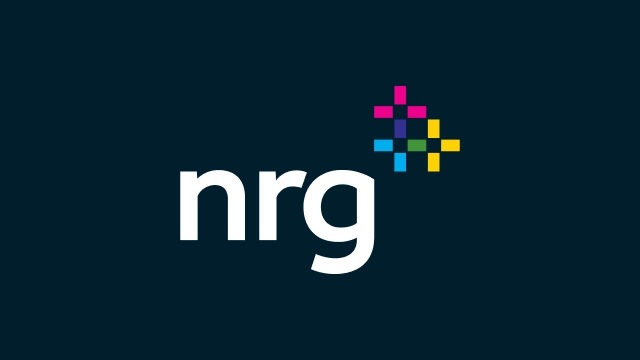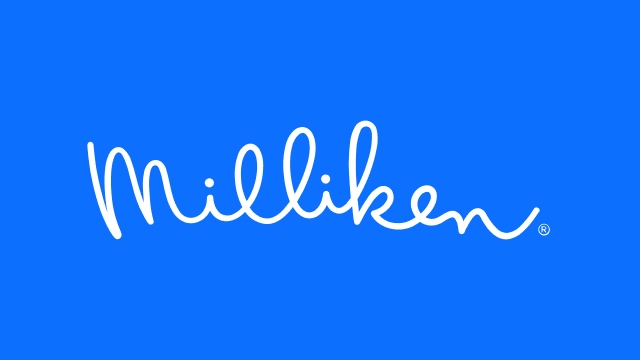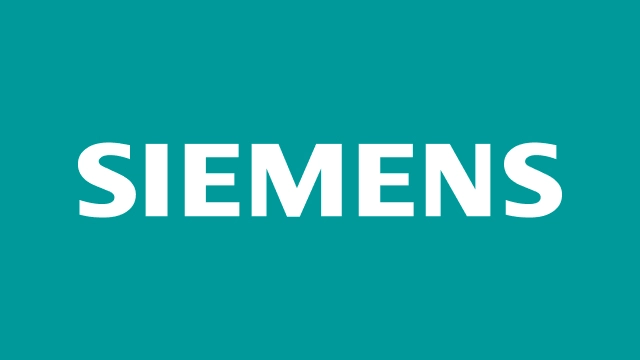Hyster-Yale Increased Buyer Engagement by 19%
Hyster-Yale drives more business with channel partners by delivering guided plays and best practices with Highspot.
Introduction
Selling in manufacturing requires deep product knowledge and a holistic understanding of customer pain points. With a sales team of 900+ channel partner sellers plus an internal sales team, enabling this deep knowledge while providing a consistent buyer experience was complex. To help sellers succeed, various tools including a marketing portal, sales playbooks, an LMS, and Salesforce.com (SFDC) were implemented. However, using multiple tools was challenging and disruptive for sellers. Hyster-Yale’s goals were simple: find a better way to deliver sales assets and drive adoption of SFDC with partner sellers.
Opportunity
Lack of Adoption Leads to Underutilized Resources and Limited Visibility
Though time and resources were spent creating great content and sales playbooks, it was scattered across three different platforms and sellers did not have easy access. Instead of wasting time searching, sellers used the limited assets readily available, typically old, unapproved versions that were not tailored to unique selling scenarios, which contributed to missed opportunities to deliver value to customers.
Also, since 90% of Hyster-Yale’s sales force is employed through dealers and not directly by the company, reps had little incentive to follow internal sales processes, including logging deal progression in SFDC. This limited Hyster-Yale’s understanding of how channel partners prioritized the company in deals and where to focus on improving the sales cycle.
Additionally, without visibility into which content performed best in various industries or scenarios, best-practice sharing was not conducive to a globally dispersed sales force, employed by hundreds of dealers contracted through Hyster-Yale. Though sales plays had been developed, the company did not have the data readily available to prove they were impactful or optimize for what was known to work best.
Early on, only 14% of stakeholders felt optimistic that the Highspot-SFDC integration would impact deals positively. However, less than a year after bringing in Highspot, the percentage of stakeholders that agreed that using Highspot within SFDC increases the likelihood of a rep to close deals was 100%.
Solution
Highspot Brings Curated Sales Plays to Life with Dynamic SmartPages™
Setting out to improve access to its sales content and seller workflows, Hyster-Yale discovered it could convert existing Sales Playbooks into truly dynamic, interactive content experiences by utilizing Highspot’s SmartPage™ technology.
Turning static sales playbooks into interlinked SmartPages gave Hyster-Yale the ability to guide sellers through the sales process and recommend content based on various attributes, including industry or deal stage. With easy access to these plays sellers quickly realized the immense value of these resources available that were previously too difficult to find and not fully utilized. By surfacing what sellers needed to know, say, and show from Highspot directly within SFDC, more and more sellers started using SFDC—which kept Hyster-Yale top-of-mind for partner sellers and created more visibility into deal cycles for leadership.
With Highspot content available directly in SFDC, channel partners now have quick access to targeted content for each unique deal, keeping Hyster-Yale top-of-mind and motivating channel partner sellers to market, sell, and support Hyster-Yale’s products more effectively than ever before.
Highspot helped our sellers, whether directly employed or a channel partner, follow recommended sales plays which accelerated the sales process and increased the likelihood of success. And in return, with greater visibility, we’ve been able to analyze what works best and continue to improve incrementally. These small increases in win rates have had a huge impact on our business.
Impact
Smarter, Guided Selling Drives Revenue Impact
Highspot’s AI recommendations for related content and ‘Best Bets’ directly integrated within SFDC drastically improved the ability for reps to discover content. Sellers are now able to find what they need, right when they need it to better engage with buyers. Additionally, with robust buyer engagement data, sellers can further deliver targeted content focused on precisely what the buyer is most interested in.
By turning its sales plays into dynamic SmartPages, Hyster-Yale doubled-down on the impact of its expertly curated playbooks. Now, the company provides supplemental content that delivers context and training in the moment they need it to all sellers, which helps reps better prepare for engaging conversations no matter how complex the industry or deal. Further, optimizing this guidance for unique selling scenarios, including segment, deal stage, and geography helps sellers deliver a personalized, value-driven experience for buyers.
Closing the feedback loop, Highspot’s Content Genomics technology tracks how content performs and is customized, surfacing unique insights into the content quality and effectiveness and identifying repeatable successful sales motions. With more insights into what reps are searching for and using as well as mapping the topics or types of content that are contributing to closed-won deals, Highspot helps Hyster-Yale marketers optimize resources to deliver the best content for reps to more effectively close deals.
Hyster-Yale’s ability to deliver dynamic guidance for which content to use at a given deal stage directly within SFDC has created a new-found value and activated both partner sellers and internal sellers to track deals within the CRM. This has given Hyster-Yale more confidence that its partner sellers are well-prepared and focused on prioritizing the company in deals. It also provides more visibility into partner-led deals and with more insights, the company now has the ability to optimize sales plays and content ultimately driving more business and more value to buyers.
Highspot has given us the ability to surface relevant content within our CRM, bringing our sales playbooks to life and giving sellers quick and easy access to the most relevant assets for each unique selling scenario, including segment, deal stage, and geography. This has not only improved engagement with buyers but has helped to drive adoption of our CRM because sellers are now getting incredible value from tracking deals through the various stages.
Table of Contents
Watch Video
Listen to the Podcast
Episode 34: Replicating What Good Looks Like to Scale Productivity
Recommended content

NRG Energy unified its market team and shifted platform adoption with Highspot.

Milliken & Company drives efficient execution and empowers sellers with Highspot.

Siemens drives partner productivity and rep performance with a unified platform.